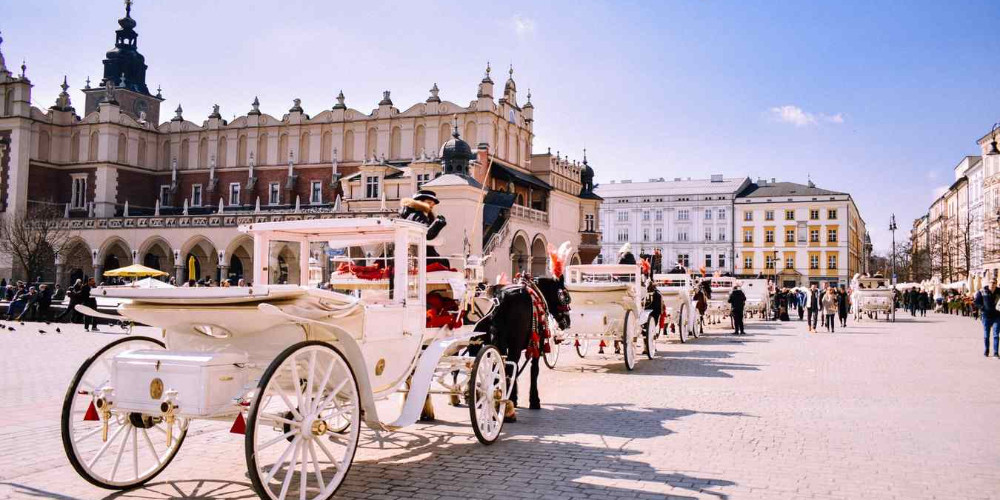
"Where is Krakow?" and "Why should we travel to Krakow and not to Warsaw?" We decided to answer these questions in the very first paragraphs of our article. If you want to visit places that are closely related to the history of Poland, its national culture, to see many sights and monuments of history - the best choice is the city of Krakow. Locals are proud of their city, and most people in Poland dream of living here.
Warsaw is the capital of Poland - the city of "fuss", banks, government agencies, large firms, businesses, and, of course, expensive. The first thing that the capital's guests see when leaving the airport or railway station is modern architecture, skyscrapers, crowds of people, etc. In general, everything that exists in any more or less developed European cities, which are often very similar to each other.
Warsaw, Krakow, Lodz, Wroclaw, Poznan, Gdansk are the main cities of Poland, but all the most important landmarks of the state, for various historical reasons, are concentrated in Krakow. The unique historical and cultural monuments of the ancient city, which will be discussed in this article, are the main reasons why it is worth choosing the "second capital of Poland" for tourism.
Krakow attractions have been wonderfully preserved to this day, is called the "Pearl of Poland" and "The Polish Cultural Reference. Only one thing is certain: "If you have only seen Warsaw, you have not seen Poland".
1. Krakow's Main Market Square
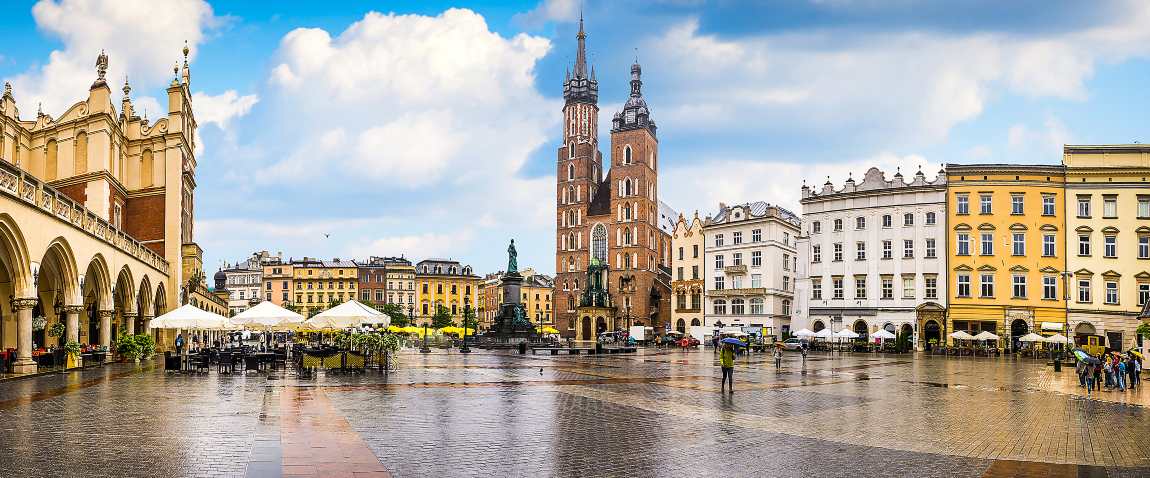
For centuries the Market Square has been the leading trading platform and administrative centre of Krakow. Today, social life continues to flourish in this place - it often hosts all kinds of festivals, concerts, fairs, celebrations and other events.
Market Square in Krakow was founded in 1257 and is considered one of the largest in Europe. The whole area was divided into trading rows where the most important goods of the Middle Ages were sold: meat, cereals, salt, coal, handicrafts. In the 16th century, were built Cotton Rows in the style of "Renaissance".
The main market square, in its long history, has witnessed many significant historical events. It was here that in 1525 Prince Albrecht Hohenzollern of Prussia paid a feudal tribute to King Sigismund I the Old, and Tadeusz Kosciuszko started an uprising in 1794.
2. Royal Castle of Wawel
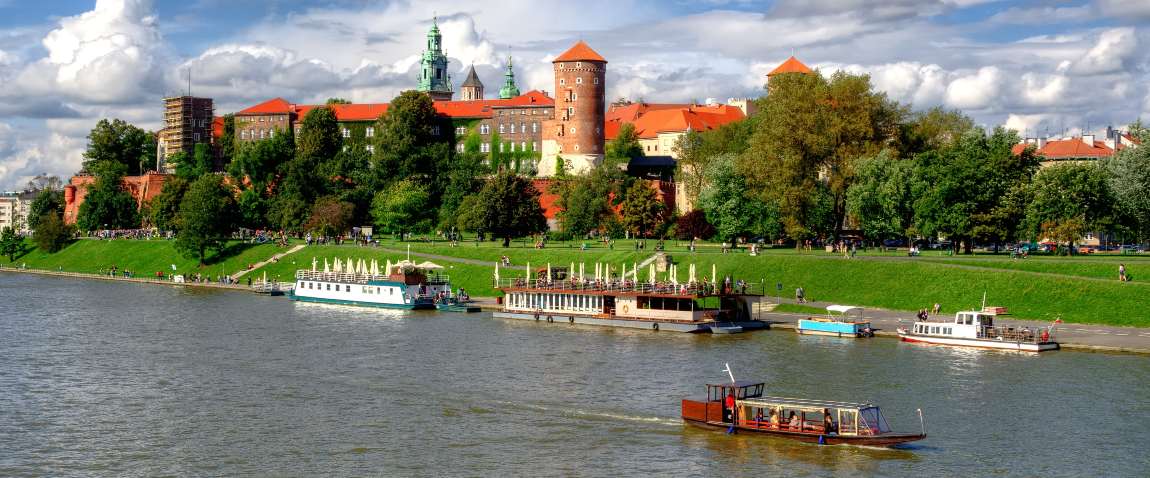
The second reason to travel to Krakow is the Royal Castle of Wawel. The Castle found its place on the Wawel Hill, a Jurassic limestone rock majestically rising on the left bank of the Vistula River in the very heart of Krakow. From around the 7th century onwards, the Slavs settled in this area, and in the 14th century, Wawel became one of the principal royal residences. At that time, a Gothic cathedral was built on the hill, massive walls were erected on the site of wooden and earth fortifications, and the fortress itself was significantly expanded.
On the first and second floors are the Royal Rooms, decorated with original tapestries, brought by Sigismund August from Brussels. The most noteworthy are the Senate Hall (the largest Room in the castle) and the Room with a coffered ceiling, decorated with 16th-century male and female sculptures. Other exhibitions in the court include the Crown Jewelry and the Armoury Chamber, including trophies from the Battle of Vienna in 1683.
3. Cathedral of Wawel
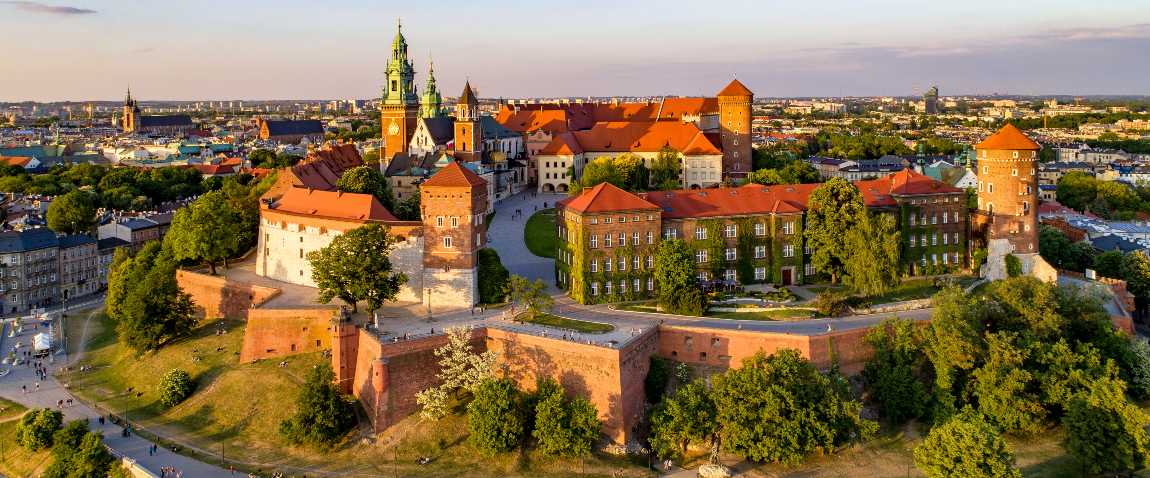
Wawel Cathedral - the most important church in Poland, the impressive interior of which testifies to the continuity of the historical memory of generations. It is the place of the rest of the Polish kings, national heroes, outstanding poets, the patron saint of Poland, St. Stanislaw and other famous personalities. For many centuries the coronation of kings took place here.
The cathedral was founded in the 14th century and took the form of a Gothic basilica, but the relics that are kept there go back to 1000 AD, when the Bishopric of Krakow was founded.
The main entrance runs between two Gothic chapels and leads to the main iron gate with the initials of King Casimir the Great. Inside, the central place is occupied by the altar of St. Stanislaw and a silver coffin with the relics of the Holy Patron of Poland. Nearby is famous for its miracles "Black Crucifixion", before which, according to legend, the Holy Queen Jadwiga prayed in the 14th century. In the side aisles (elongated rooms) of the temple, there are sarcophagi of Polish monarchs with carved figures of the deceased.
A separate entrance leads to the crypt under the 'Silver Bell Tower', where Marshal Jozef Piłsudski and President Lech Kaczyński with his wife Maria are buried. The image of the Wawel Necropolis completes the "Poets' Crypt", which is accessible from the left aisle of the cathedral. Two sarcophagi contain the remains of poets Adam Mickiewicz and Juliusz Słowiecki.
Wawel Cathedral is open daily from 9.00 to 16.30 in Krakow.
4. Church of the Assumption of St. Mary
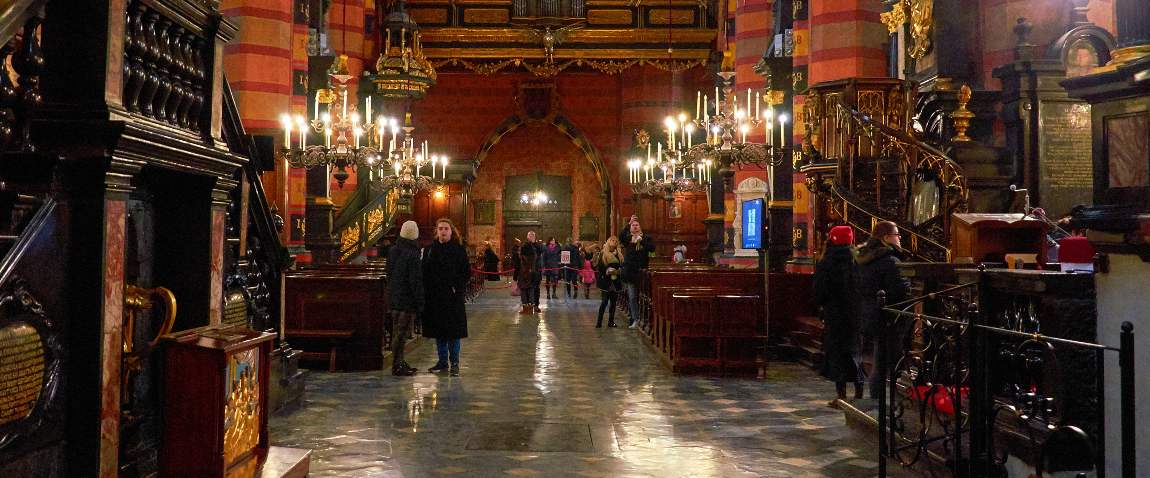
This is the most important religious building, built before the founding of the city of Krakow, the sights of which we will consider further. Over the centuries, the church was cared for by wealthy bourgeois families, thanks to which the building is beautifully preserved and included in the list of sacral architecture in Poland.
The real treasure of the church "Dormition of St. Mary" is the altar "Ołtarz Wita Stwosza ", which depicts biblical stories from the life of the Virgin Mary, Jesus Christ and the Holy Apostles. The altar is made of oak wood, which is more than 1000 years old. All characters are presented as incredibly realistic.
The temple is located in the northeast corner of Main Square, near the Wawel Cathedral. On the outside, the most characteristic element of Catholic construction is two towers of different sizes. According to legend, their structure was entrusted to two architect brothers, and each of them tried to build a taller and more beautiful building.
5. Kosciuszko Castle
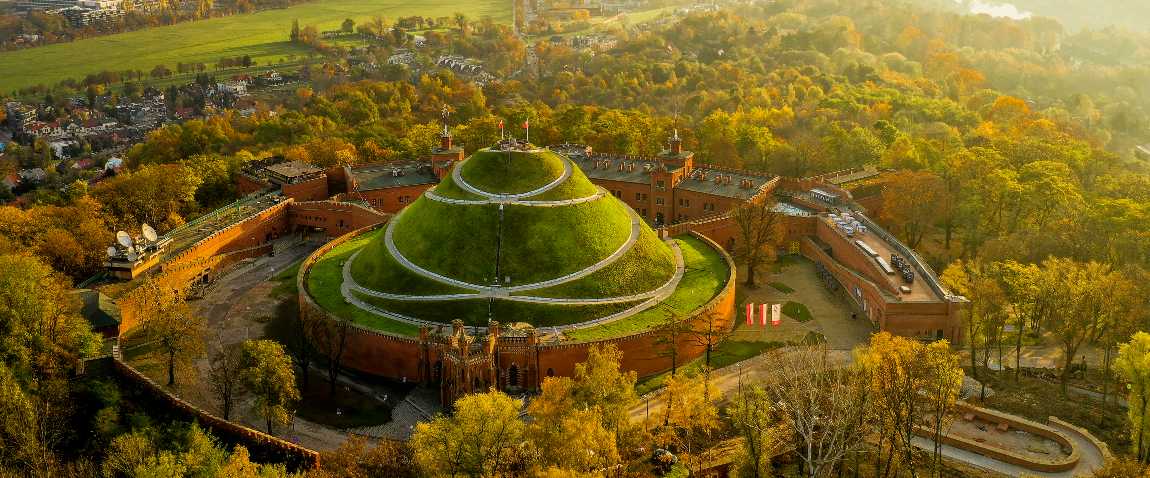
Castle Kosciuszko - one of four mounds in Krakow, erected in honour of the great patriot and leader of the 1794 uprising Tadeusz Kosciuszko. Today, the bank is a favourite place for walks of locals and guests of Krakow, from the top of which offers the best views of the city and its surroundings.
The tradition of creating mounds in Poland has a long history. Such structures first served as a cult, then defensive functions, and in modern times have become real monuments of history and national culture.
The idea of creating a memorial complex appeared at the very beginning of the 19th century and was quickly approved by the local Krakow Senate. The construction took only three years - at the end of October 1823, the structure was entirely rebuilt, getting a height of just over 34 meters.
Initially, the Kostyushko fortified settlement was no different from other similar mounds. Only in 1850, after the fall of the Krakow Republic, the Austrian invaders were able to strengthen the hill, which was named "Citadel number 2". During the German occupation of World War II, the mound was planned to be levelled to the ground, but fortunately, this did not happen.
6. Schindler's Factory
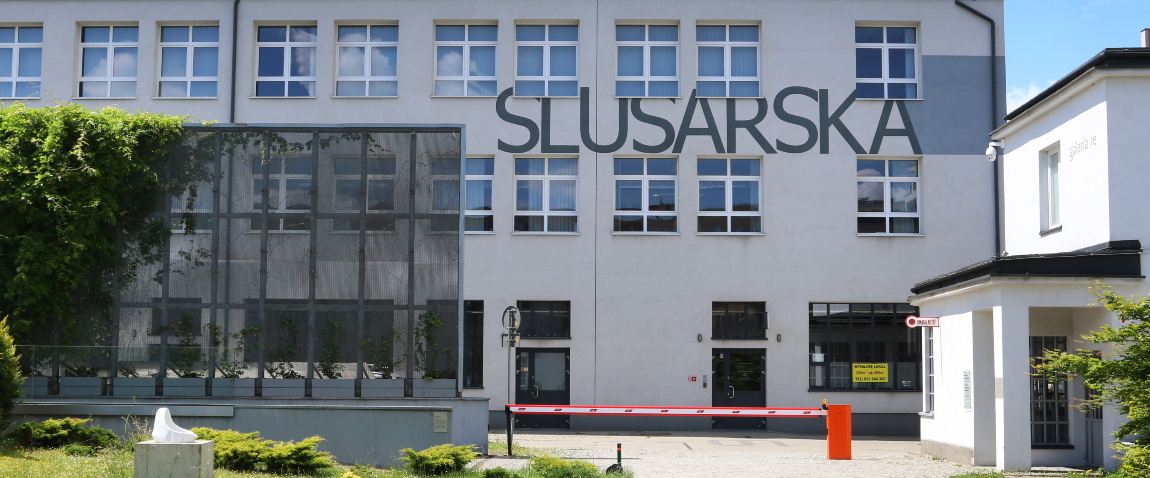
Have you seen the legendary Stephen Spielberg film "Schindler's List"? All actions of the film took place in this factory, and its owner became widely known all over the world.
The factory in Krakow's Podgorze district was founded in 1937 by three Jewish entrepreneurs. By the beginning of the Second World War, the production plant was taken over by the German merchant Oskar Schindler and was re-qualified for military production. In total, the famous factory employed more than 1000 Poles and Jews, whom Oskar Schindler was able to save lives in the future by preventing their "deportation" to concentration camps.
Today, the former halls of the factory are managed by two institutions: the Historical Museum of Krakow and the Museum of Modern Art. If you look at tours to Krakow Poland, in more detail, you can often see the Exhibition 'Krakow - Occupation 1939-1945'. - is a story about the city and the fates of the Polish-Jewish people, as well as about the German occupiers who came to this place on September 6, 1939. In 45 exhibition halls, the history of Krakow was recreated so that every visitor could "touch the past" and feel the emotions of local people during the war.
7. Polish Aviation Museum
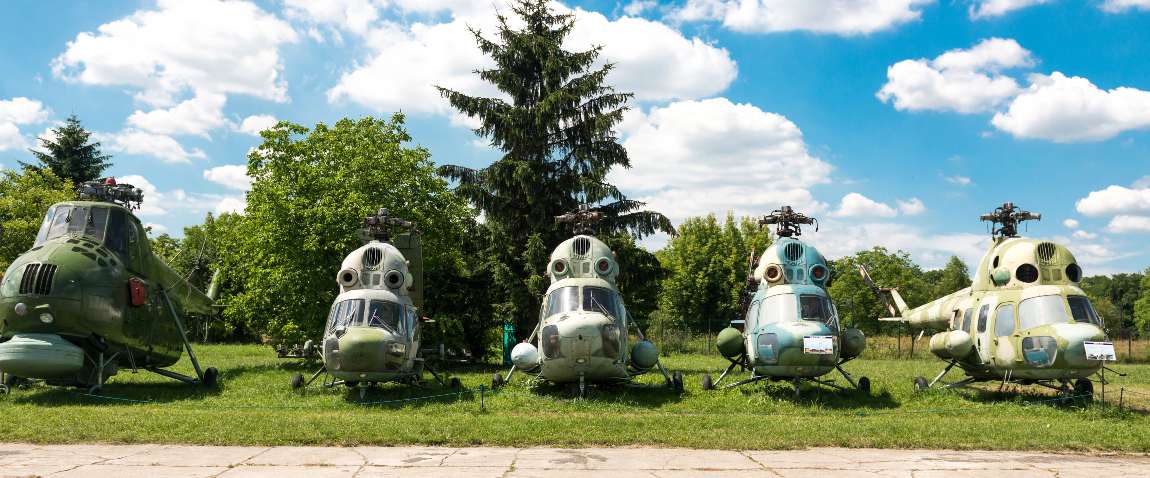
What to see in Krakow? Polish Aviation Museum in Krakow is the largest institution of this type in the whole of Poland. Its history goes back to the 60s of the last century. In 1963, the Krakow Aeroclub organized an aviation exhibition at the then famous airport Rakovice Chiziny. This event received wide publicity, and many unique aviation exhibits were transported to the city. The company's organizers decided to leave most of them, and in 1964 the Polish Aviation Museum was founded.
In 2010, a new exhibition building with an area of 4 000 square meters was opened. Individual exhibitions were located in the wings of the Room, while the rest of the rooms were designed for the library, cinema, conference room and offices. The new technological building received an exciting construction and, from a bird's-eye view, looks like a propeller.
The Polish Aviation Museum has an extensive collection of aeroplanes and objects related to the history of Poland aviation. The 25 planes from the collection of Hermann Goering deserve special attention. The most popular exhibits are also worth mentioning:
- Curtiss Export Hawk II - a German aircraft that took part in the opening of the Summer Olympic Games in Berlin in 1936;
- AJSF 37 Viggen - the famous Swedish multi-purpose fighter of the mid-70s;
- The Northrop F - 5E Tiger II is an American fighter seized during the Vietnam War.
However, permanent and temporary exhibitions are not all that the museum has to offer. Throughout the year, it often hosts film screenings, air shows (not only military) and other festivals in Krakow.
8. Old Helena Modrzeevskaya Theater
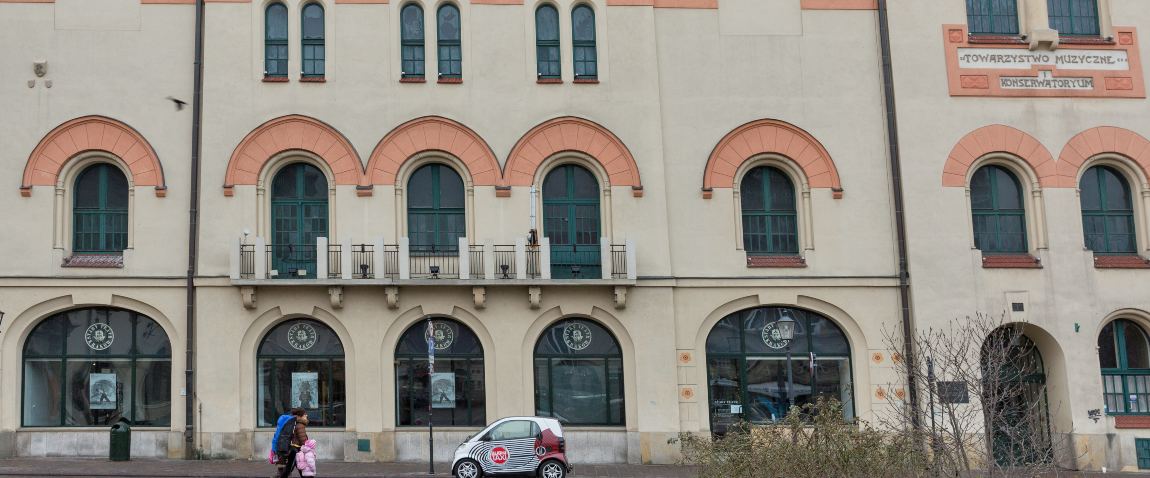
The old Helena Modrzejewska Theater was opened on January 1, 1799, and is considered to be the oldest not only in the city but in all of Poland.
With the creation of the first theatre stage, the city of Krakow owes its name to a particular art critic Jacek Kluszewski, who, at the end of the 18th century, purchased and adapted for theatrical purposes two apartment buildings near Piazza Gdanska. Szczepanski Square. In the middle of the 19th century, a new third building in the Florentine Renaissance style was added to the theatre.
At different times, such actors as Helena Modrzejewska, Ludwik Solski, Gustav Holubeck, Jerzy Binczycki, Tadeusz Lomnicki, Jan Novicki, Anna Dymna, Anna Poloni, Jerzy Trela and others performed at the Old Theater. It is worth noting: the capital of Poland, Warsaw, Krakow and Lodz are the small homeland for most of the most famous actors in Poland.
Throughout communism, the old theatre did not succumb to the dominant ideology and avoided confrontation with the authorities. The position of successive directors was balanced, and the main goal was not politics, but to present great works of Polish and world drama: "Hamlet" by W. Shakespeare, "Wedding" by S. Wyspianski, "Tango" by S. Mrozek, "Cherry Orchard" by A. Chekhov and other productions.
9. Krakow Barbican
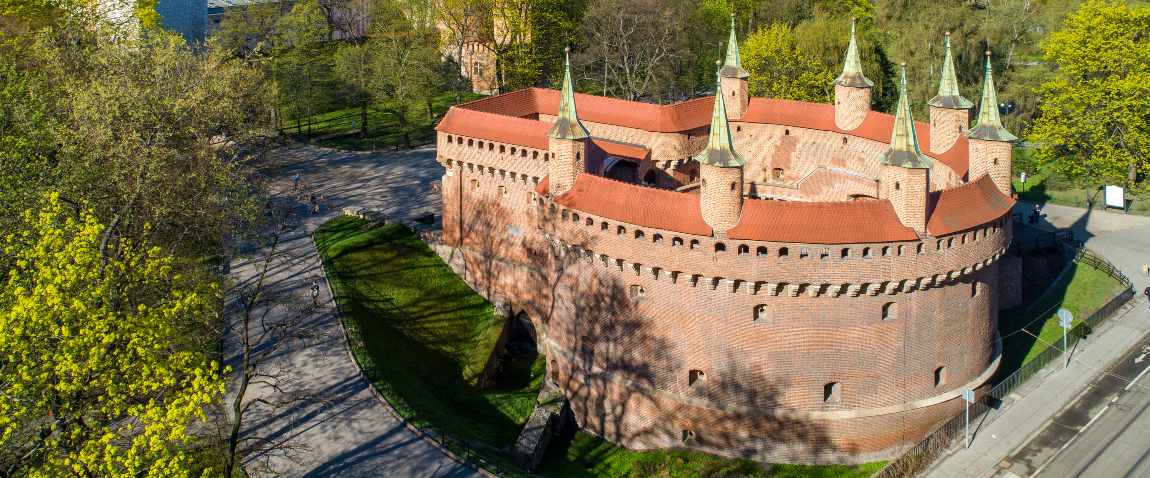
Krakow Barbican is one of the most significant objects of medieval military architecture in Europe. Until the early 19th century, this magnificent building was considered impregnable for all kinds of troops.
Only a few similar objects survived in Europe, but Krakow Barbican, perfectly preserved to this day, definitely stands out against its background by its original design. The item was built in 1498-1499 to protect the northern part of Krakow fortifications, deprived of the natural water dam. As a result, around a structure with an inner diameter of 24.4 m and a wall thickness of 3 m was created. The latest achievements of medieval military architecture were used in the construction of the building.
The three floors of Barbican accommodated up to 130 archers, and seven towers served as excellent observation points. Around the fortress was a moat 3 meters deep and 26 meters wide. Its bottom was paved with stone slabs, and water was supplied from the blessed Rudawa River.
10. Cmentarz Rakowicki
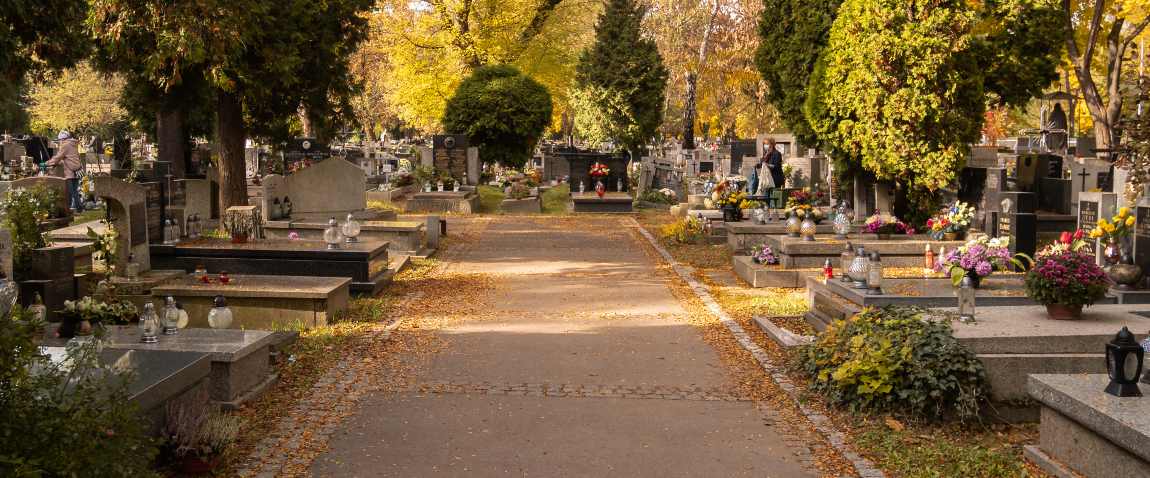
Rakowicki Cemetery is often compared with the famous Parisian cemetery "Pere Lachaise". Not surprisingly, both buildings were built at the same time and represent a real treasury of small architecture.
In 1784 came out a decree that prohibits burying the dead in the city, and almost 20 years later, in 1803, was opened a new Rakowicki Cemetery. In subsequent years, the cemetery was continually expanding, and today its area is just over 42 hectares.
Many prominent Poles, politicians, public figures, actors and other famous people are buried in the Rakovica Cemetery. There are also separate quarters with graves of Soviet soldiers who died in 1945 during the liberation of Krakow from the Germans.
The Rakowicki Cemetery is not only of great historical importance but also of significant artistic value. In the old part of the cemetery, there are many tombstones created by outstanding Krakow artists. Tours to Krakow Poland, rarely offer visits to the old cemetery, but if you have the opportunity - be sure to use it - you will not miss it!
Get your visa with one click
Ready to get visa assistance without waste time?



